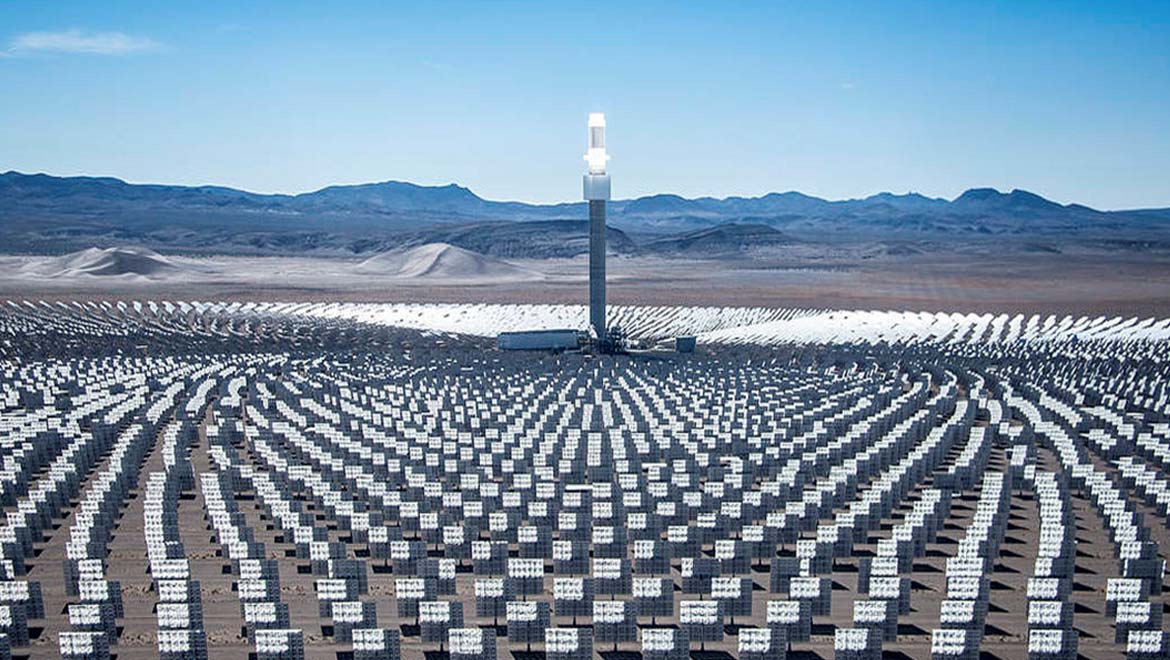Many of us may be considering adopting or investing in the emerging low-carbon solutions in the market, so as to save both money and the environment. However, we may also be waiting for that perfect piece of technology or innovation that is definitely going to giving us our money's worth.
Unfortunately, according to scientists, this dream solution isn't coming any time soon. Furthermore, according to cutting-edge research, we are all missing out on money-saving, green opportunities that are currently in the market right now.
The Cost of the Goldilocks Option
These conclusions were arrived at as the result of new research conducted, at the Environmental Policy and Process Systems Engineering centers, at Imperial College in London.
The study asserts that the current reluctance to adopt new, low-carbon tech is holding back the goals of achieving optimal carbon emissions, in general.
In fact, the prevailing 'wait-and-see' (and wait for a 'Goldilocks' product) strategy has been associated with rising cumulative total-systems expenses. The researchers behind this project estimate that these costs could increase by up to 61% by about 2050.
On the other hand, optimal strategies (i.e., those that adopt disruptive solutions as and when they becomes acceptably feasible to do so) could reduce the same costs by up to 13%.
The researchers, led by Niall Mac Dowell, who holds a position at both the ICL centers involved, observe that the current delay in deploying the available solutions is related to the cost-effectiveness of options.
Although, the cost factor is admittedly still sub-par in terms of low-carbon, it now appears that running older, less 'green' technology in power systems may not save on system costs either.
The 'Goldilocks' strategy has two major drawbacks, according to Mac Dowell and his team:
- Firstly, it may result in a substantial failure to transfer to newer, greener solutions, thus ensuring that carbon-emission targets are never met.
- Secondly, the concept may lead to a solution in which existing or emerging solutions (including those that use fossil fuels) are perpetuated, and in larger, more diffuse volumes, over time, to compensate for increasing average residential and industrial power needs. In this scenario, de-carbonization targets may be met but at the expense of systems with excessive redundancy.

Researchers explain why the ‘Goldilocks’ strategy, i.e., waiting for the perfectly right solution, may not be the correct approach towards achieving ‘greener’ technology. (Source: Alvaro Sanmarti)
Why Move to Current Green Tech?
However, adopting the available low-carbon solutions, with foresight, could offer a number of advantages.
For example, this technology would have the chance to mature, develop and evolve, in terms of efficiency and efficacy. Therefore, overall system costs would come down, over time, as they do with many conventional solutions. This would help hit the 13% in savings specified in the ICL research.
The paper written is available in the May 21 issue of Nature Energy.
The authors of the study reached their conclusions as a result of models based on the current British energy-provision grid, and what would happen to it under a couple of scenarios.
They found that applying a Goldilocks outlook to these models resulted in steady increases in both power costs and carbon emissions, ultimately resulting in their mid-century 61% figure.
The opposite, on the other hand, involved extensive investment in the techniques and technology available today.
The researchers also indicated that waiting for an ideal green solution would lead to even more extensive networks that use conventional fuels, such as gas, over time. Therefore, even if the Goldilocks solution were to occur, the new installations could go to waste.
In addition, energy from finite, fossil sources could inevitably become more expensive, in line with their availability.
All in all, identifying the best options from today's low-carbon power sources for development seems to be the best way forward, as per this paper.
Top Image: NASA spinoff, SolarReserve Inc., uses Aeroject Rocketdyne Technology to generate power. (Source: SolarReserve)







No comment